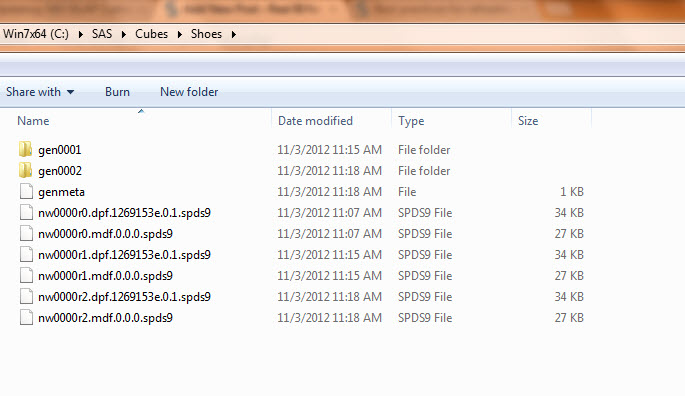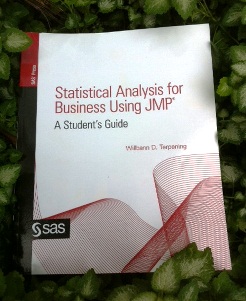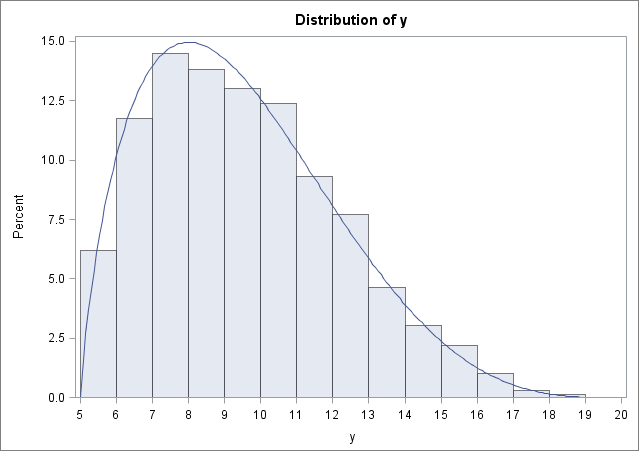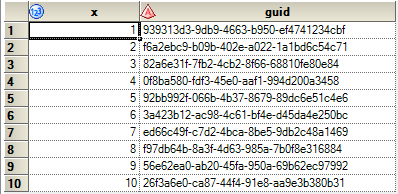
Each spring and fall, I start clearing out the kid's small clothes, old toys, etc. It can sometimes go too far and reach into my "digital pack-rat" issues. (Wait, what does that mean? Well, just ask the person who last week requested detail on a project I worked 3 years




































